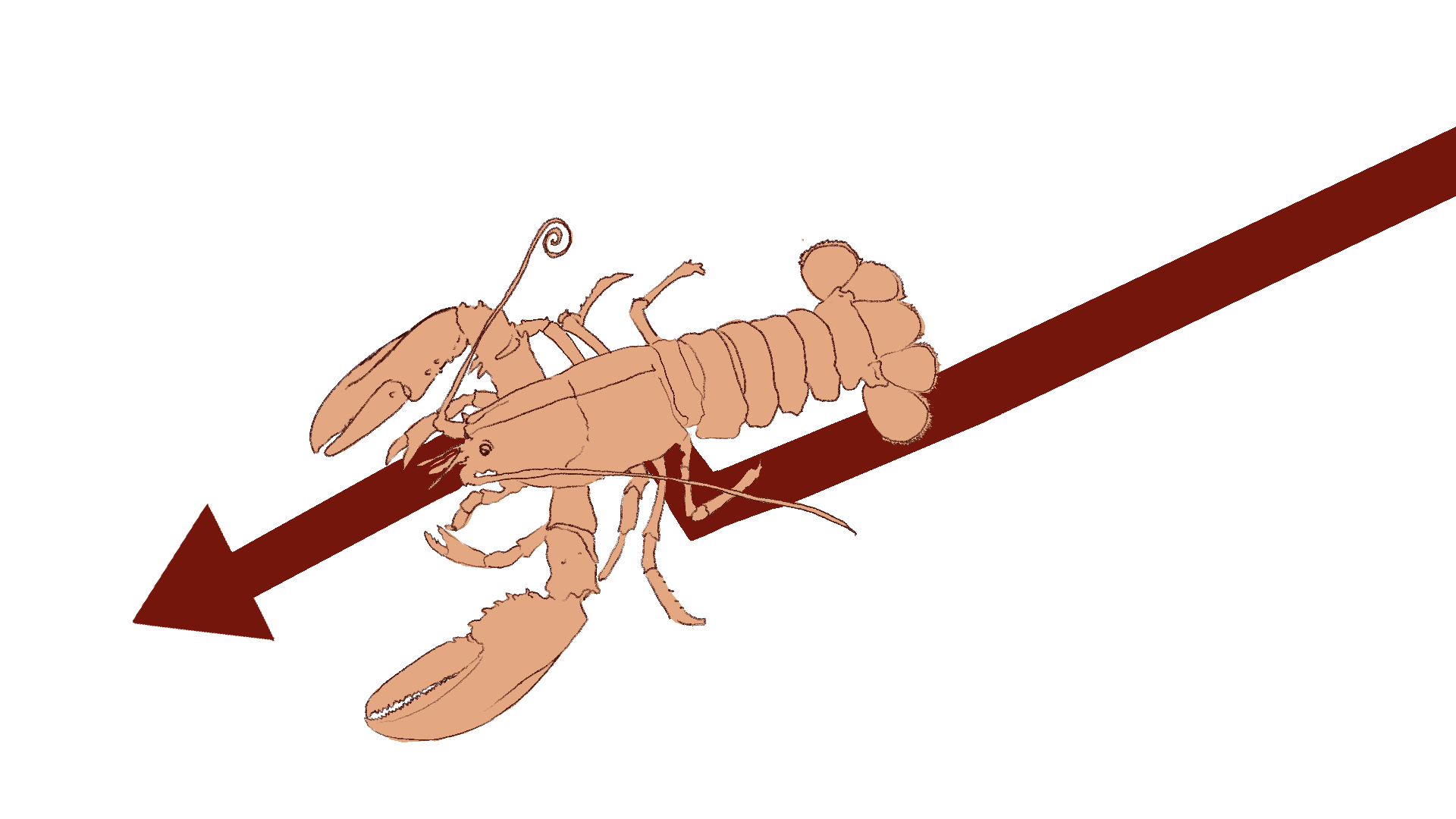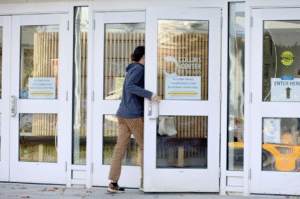OPINION: When you think of Maine, what comes to mind? Maybe Whoopie pies, blueberries or lighthouses. One thing that especially stands out about Maine, though, is its lobster. Whether you’re shopping at supermarkets, dining at local eateries or visiting restaurants nationwide, if lobster is on the menu, chances are it’s lobsters from Maine.
Our lobster is well known for its exceptional quality, with its tenderness and sweetness being a key factor. This is largely due to their habitat off the coast of Maine, which provides the ideal environment for their growth and development. The cold and clean water results in a less salty flavor and a more tender texture, setting them apart from those found in warmer waters.
This habitat, essential for sustaining Maine’s thriving lobster population, has been protected through a range of laws and regulations designed to ensure its long-term survival. These rules cover many aspects of lobster harvesting, such as stating the methods or equipment which can be used to catch them and outlining which lobsters are allowed to be kept based on length and gender.
The protection of our lobster industry is crucial, as it is a staple of Maine, contributing significantly to our seafood market and playing a vital role in our economy.
According to Mount Desert Islander, “Overall, the industry brought in more than $3.2 billion, in direct and indirect ways, to the state’s economy in 2019, the (pre-pandemic) year the report focuses on, along with 33,000 jobs and $1.3 billion in total labor income. And in Downeast Maine, the seafood sector comprises a significantly larger share of the region’s economy than in southern, inland or Midcoast Maine.”
This dedication to sustainability has been effective in maintaining a healthy lobster population for the future, or so we believed. However, recent developments suggest that this may no longer be the case.
According to the Atlantic States Marine Fisheries Commission, “The Gulf of Maine and Georges Bank (GOM/GBK) stock is not depleted but has declined 34% since peak levels in 2018.”
It raises the concern about the future of our lobsters if no action is taken. Despite the existing regulations and penalties lobstermen and women face, further intervention is needed. While Maine’s lobster stock is not considered depleted, the decline is notable, partly due to overfishing.
According to News Center Maine, “The commission found that overfishing is happening 0.00066 percent above the defined threshold.”
The question is, what should Mainers do about it?
For starters, we should avoid rushing into new legislation. The lobster population is currently healthy, and implementing stricter laws could potentially harm our already heavily regulated market and its workers.
According to WGME CBS 13, “The commission backed off the rules earlier this year after months of protest from lobster fishermen who found the new rules unnecessary and threatening to their livelihoods. Fishermen in the industry are also contending with challenges from potential new rules to protect rare whales, warming oceans and volatile trade markets.”
It is necessary to strike a balance where fishermen and women can continue to earn a living, the habitat remains suitable for lobster growth and Maine’s economy receives a boost.
For now, we must play the waiting game until we have a better understanding of the declining lobster population.
While the current situation may not be favorable, making rash decisions could result in an economic disaster for our local lobster industry. Like any other societal regulations, these decisions must be carefully considered before being put into action, and none recently have met those standards.








